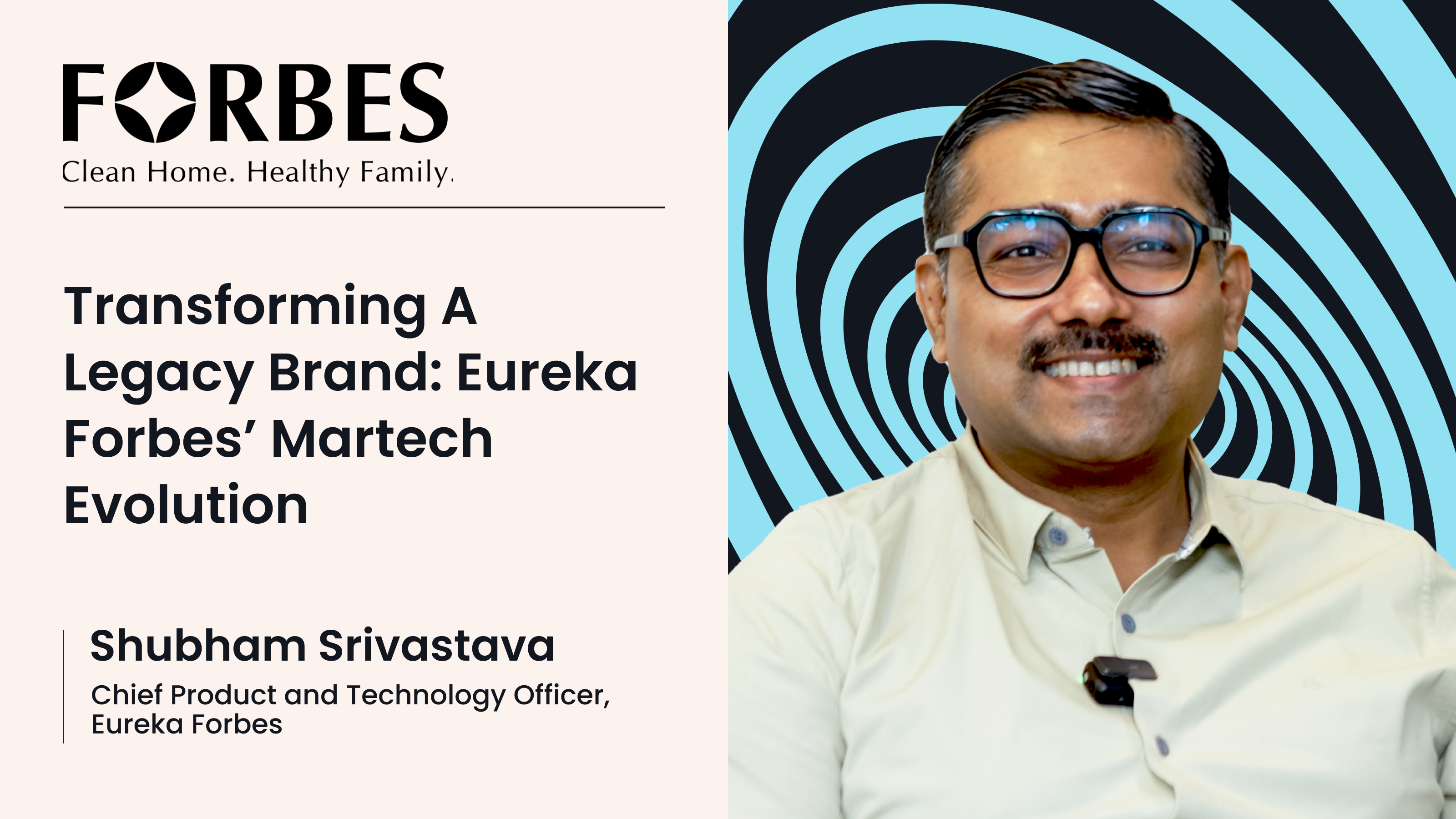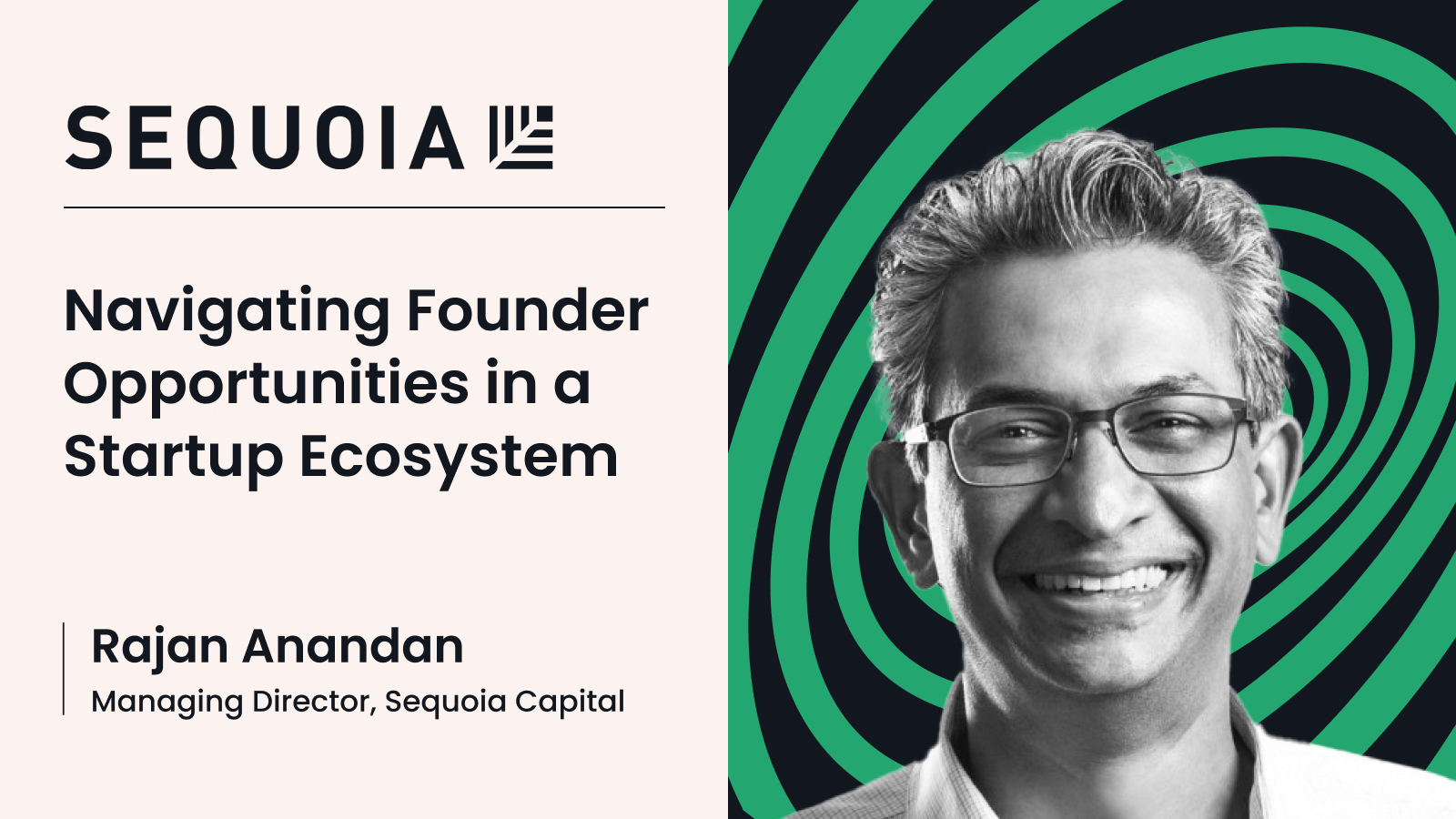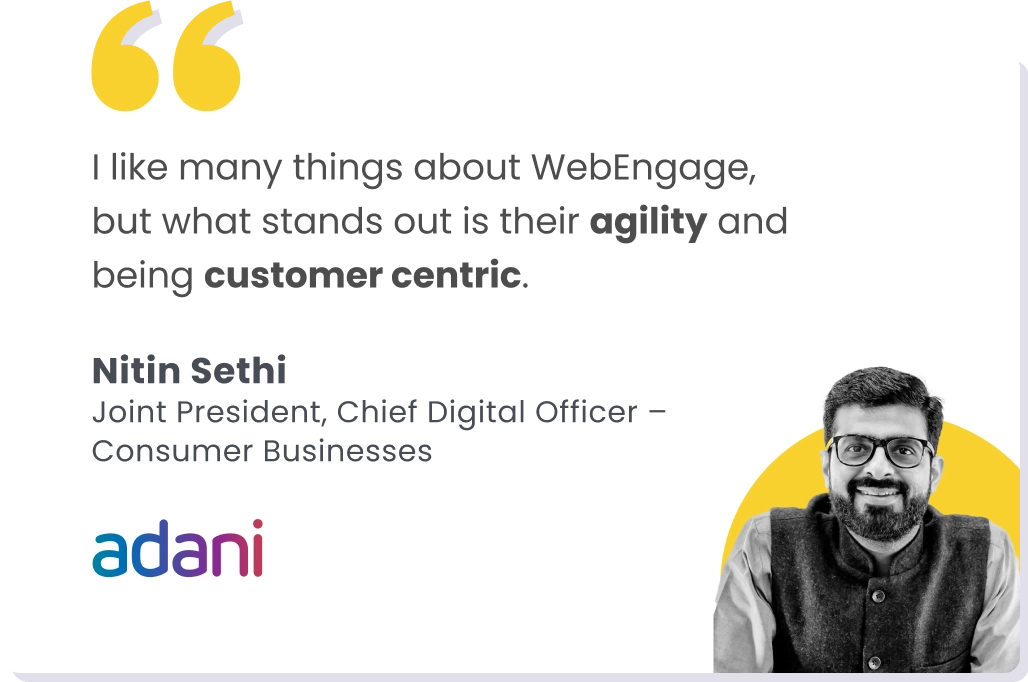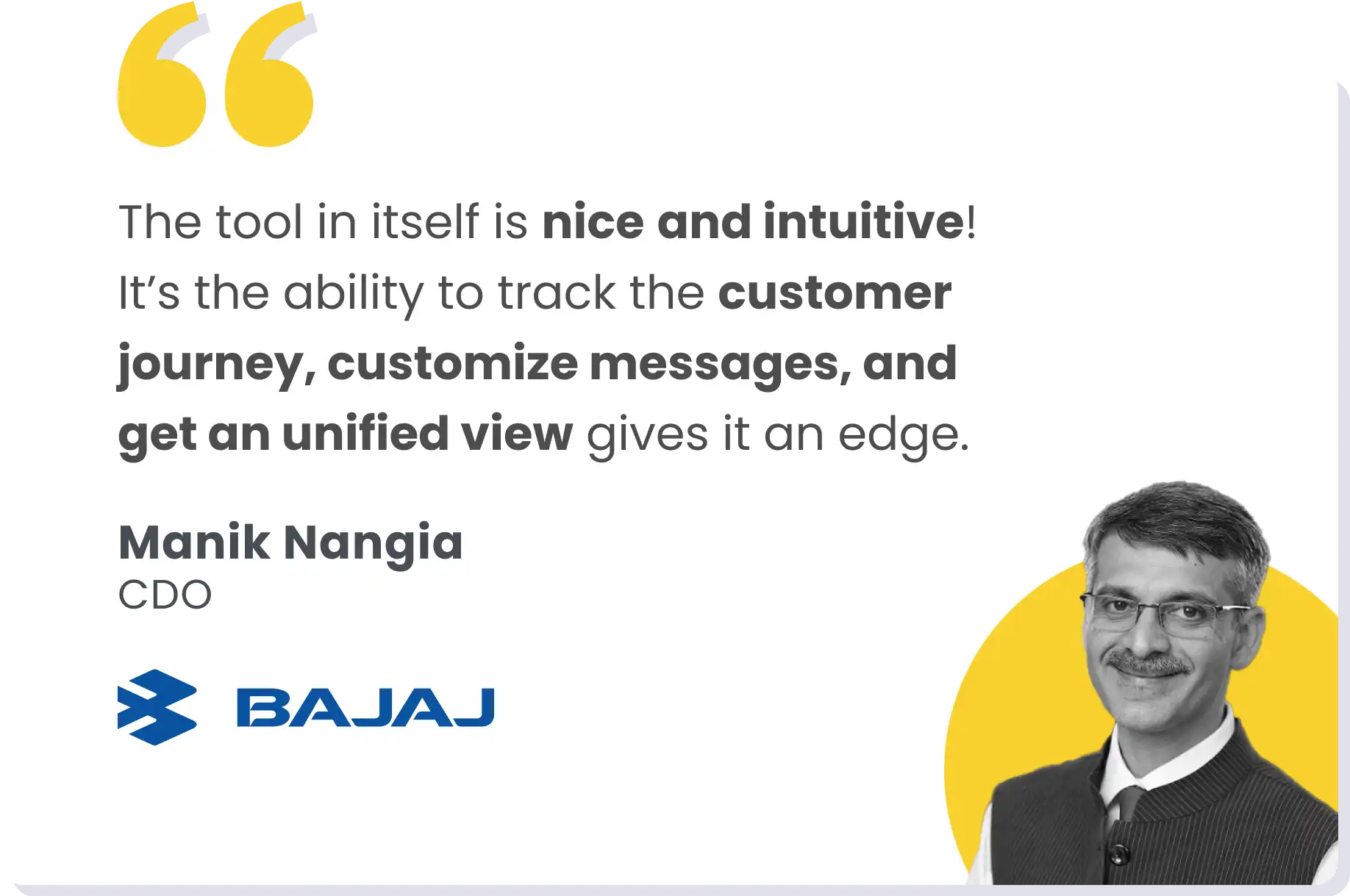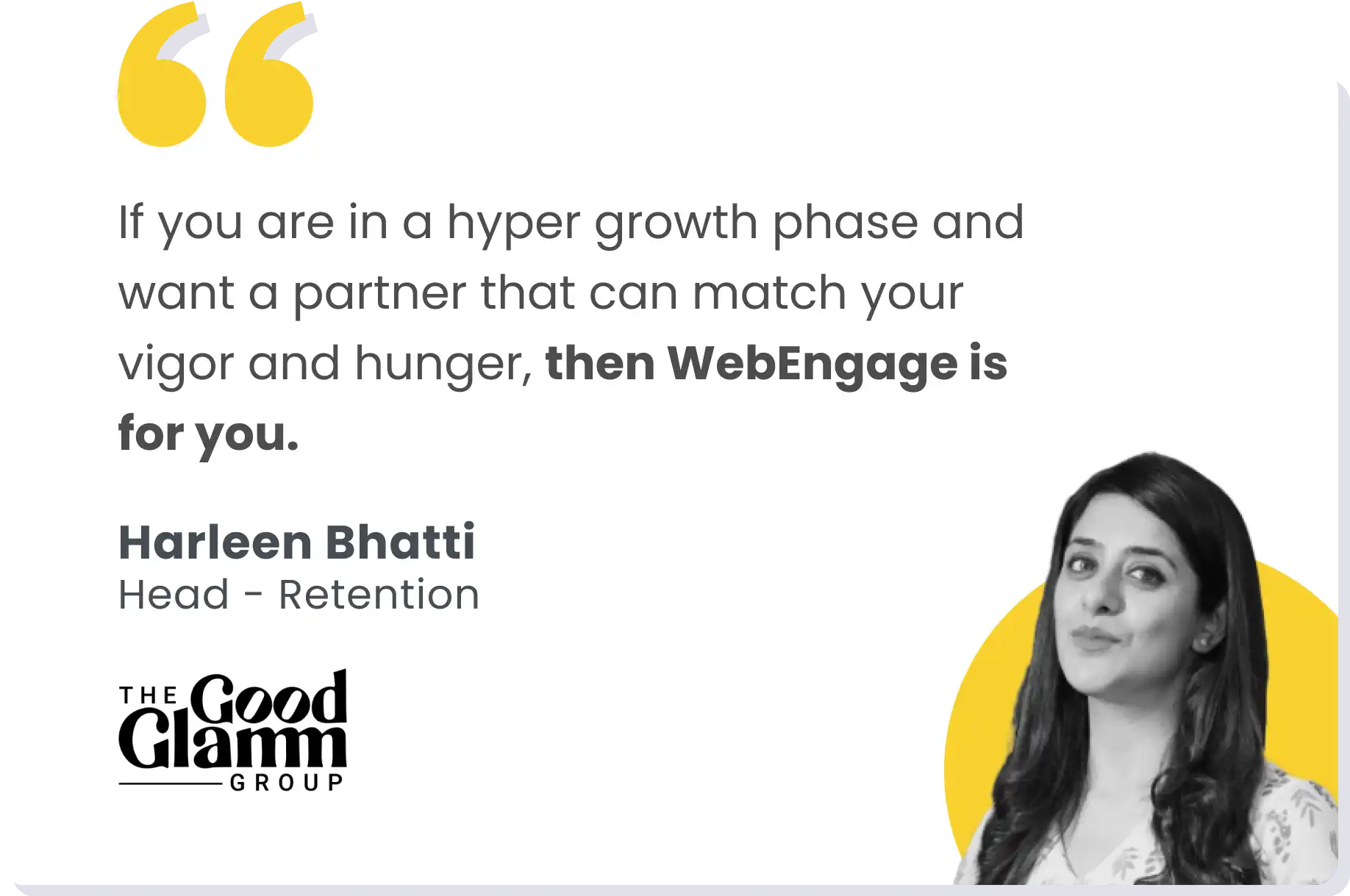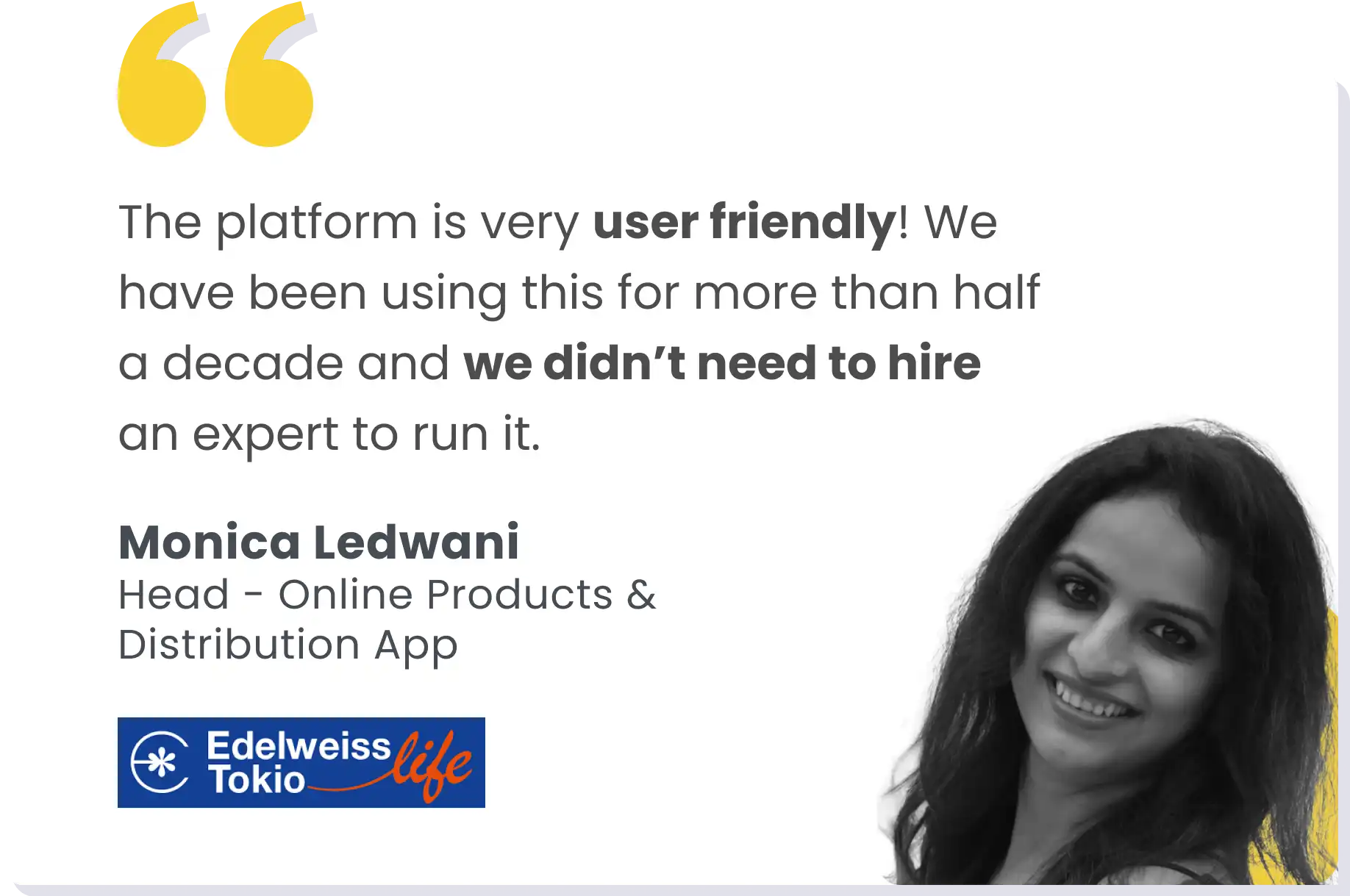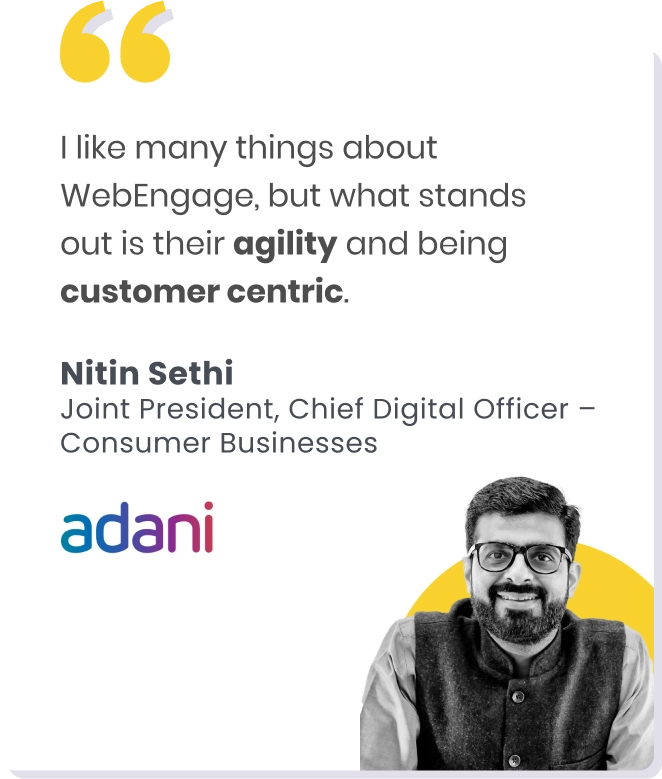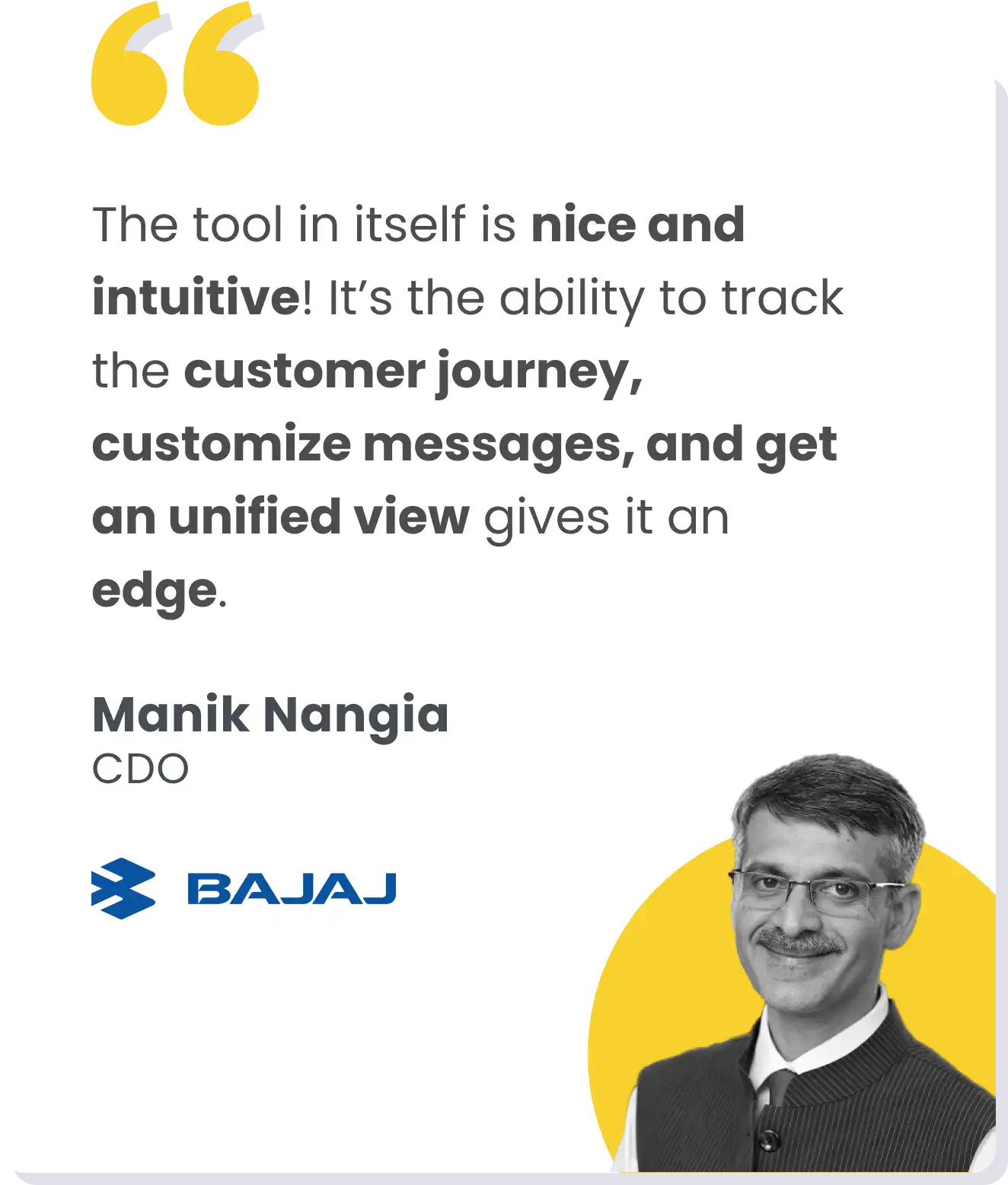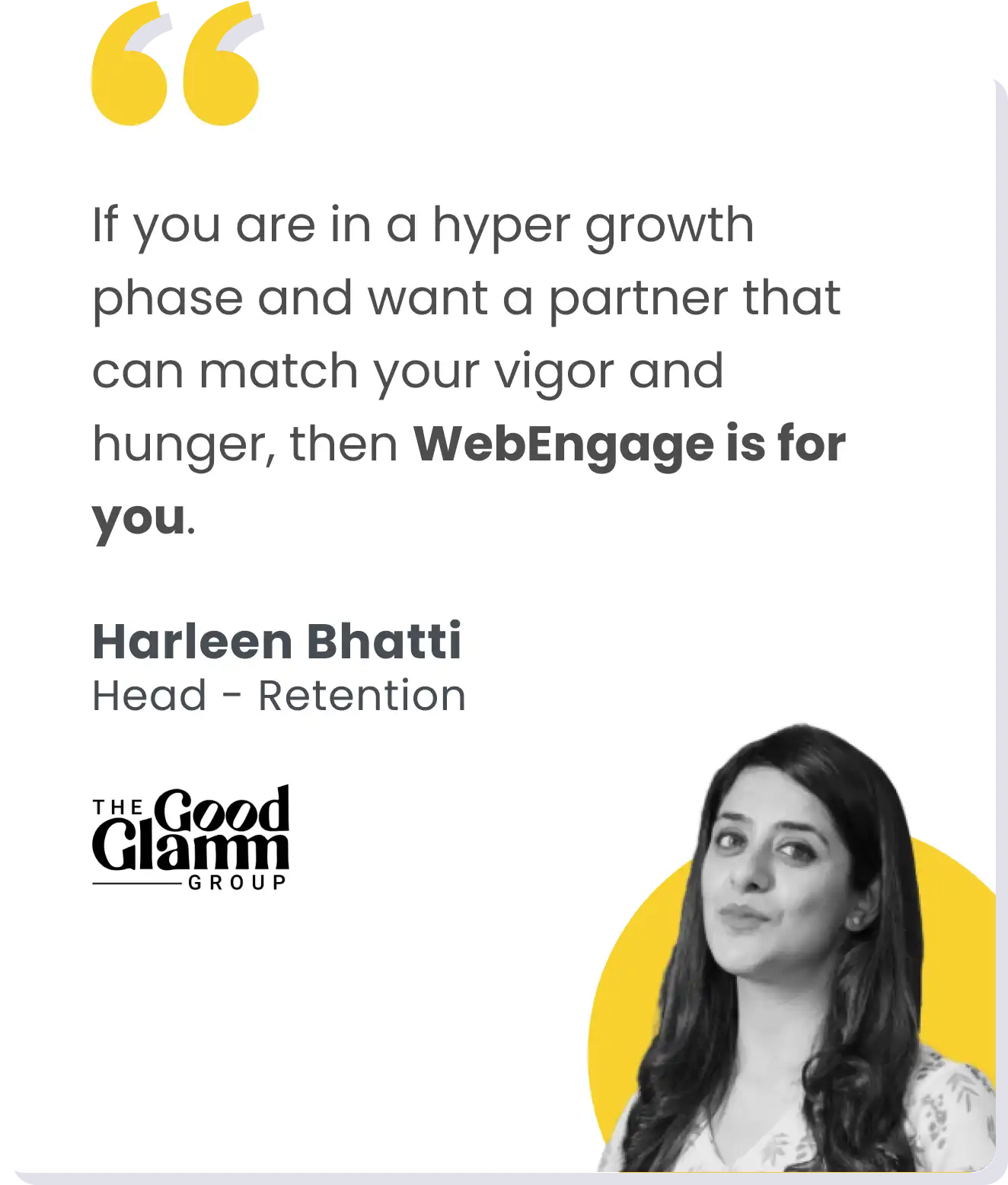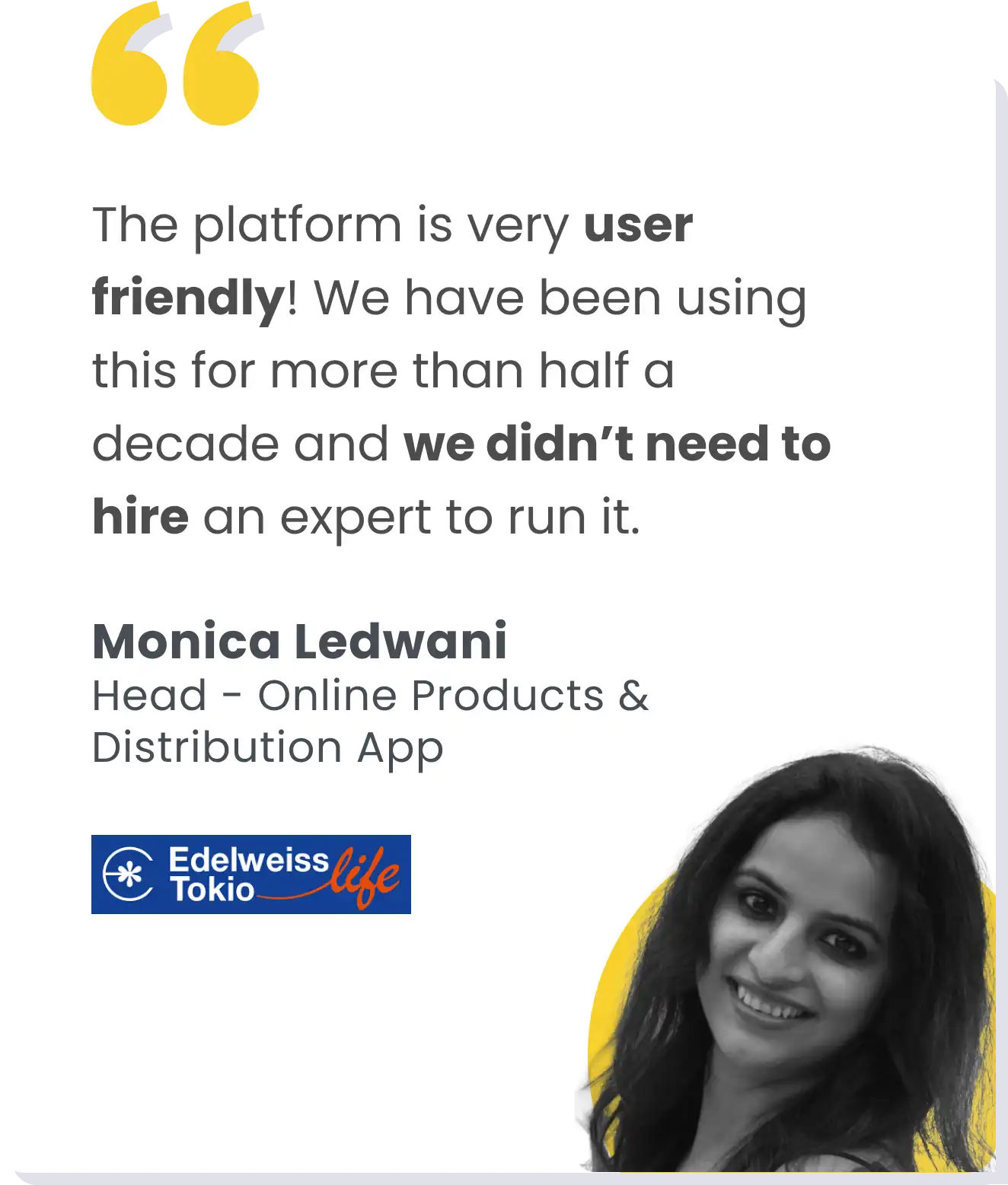As travel and hospitality brands navigate post-pandemic challenges amidst intense competition, they must continuously innovate to maintain and grow their user base.
In a conversation with Manan Bajoria, Group Vice President of Growth Marketing at ixigo, we explore how ixigo leveraged data, automation, and user-centric strategies to lead the market.
Among many helpful insights, we learn about their approach to retention, customer data platforms, and how they reduce churn and build user engagement in this episode of the State of Retention podcast.
If you’re struggling to convert new users into paying customers or looking for ways to increase your customer lifetime value, let’s hear from Manan Bajoria and his recommended tips.
From SIM Cards to Flight Tickets: A Career Evolution
My professional journey has been anything but conventional.
After completing my BTech in Electronics from IIT Hyderabad, I quickly realized that I did not enjoy coding, which led me to pursue an MBA from MDI Gurgaon.
This opened the doors to a unique and exciting career path, and I started as a management trainee at Bharti Airtel.
I worked in sales, selling SIM cards and recharges in places like Yamunanagar, Haryana, and then moved on to become a Zonal Sales Manager in rural Rajasthan, covering areas like Sikar and Churu.
This hands-on experience was invaluable, helping me get a ground-level understanding of consumer behavior and market dynamics.
After Airtel, I joined Freecharge, where I oversaw their wallet ecosystem—a shift that marked a transition from traditional sales to digital marketing and growth hacking.
These early lessons I learned in my career have shaped my understanding of customer behavior, and how one should leverage it to drive user acquisition and retention.
From Disruption to Dominance: ixigo’s Path in Travel Technology
What attracted me to ixigo was its simple UI and clean user experience.
When I joined, ixigo had already established itself as a leader in the travel tech space; in fact, our Trains app became the number two app on the Play Store.
Our goal then became not just to maintain this position but to dominate the market by offering a seamless, engaging user experience to drive growth.
I work on everything related to growth at ixigo, from monitoring and optimizing performance spends and organic channels like SEO and ASO to CRM, customer communication, retention, and even planning sales events.
It’s a full-stack growth role that requires me to have a holistic idea of a user’s journey interacting with different touchpoints in our app and website.
For example, our crowd-sourced train tracking system delivered more accurate updates than traditional APIs. This feature alone was a strong differentiator from other competitors in the market and helped us acquire users who may have otherwise just stuck with established platforms like IRCTC.
By tying innovation with value, we’ve been able to grow our user base consistently.
Beyond Transactions: A Quest for Traveler Delight
At ixigo, it’s not just about selling tickets. We want to delight our travelers at every step of their journey, making it easier, more convenient, and enjoyable.
This philosophy drives everything we do, from product development to marketing strategies.
We tried to design a seamless, personalized experience that keeps users coming back, based on user preferences and behaviors.
After segmenting our users based on booking class, travel patterns, and booking windows, we tailored our copy, messaging, and offers to meet their specific needs, whether it’s suggesting family-friendly destinations to a frequent family traveler or sharing last-minute deals with someone who’s a spontaneous traveler.
Brands need to make every interaction with their app a positive one, from initial search and exploration to after their booking and order.
Focus on delight, not just transactions, if you want to build a loyal customer base.
Turning PNR Checkers into Loyal Travelers
One of our key strategies is to convert a ‘utility’ user who perhaps just checks their PNR or train status into a transacting user, making their first booking on our platform.
For example, when we notice a user regularly checking train status but has not booked, we offer them a discount on their first booking, remind them of the advantages of using ixigo for their travel needs, or offer them wallet credits.
Any small incentive that helps them overcome the barrier of paying the service fee, something that IRCTC doesn’t charge, through targeted, personalized communication is crucial here.
Get a user to their first ‘aha’ moment, and after that, retention becomes much easier.
The Traveler’s First Step: A Guide to User Activation
This aha moment I mentioned above, whether it’s from a smooth booking process or a fun unique feature they love, once a user feels that, they are far more likely to return and become loyal customers.
To drive this initial conversion, we’ve developed a comprehensive onboarding process at ixigo that’s designed to guide users through their first moments interacting with our app.
Our onboarding journeys are highly personalized, with automated messages welcoming new users, suggesting relevant features, and highlighting the benefits of booking through our app.
The goal is always to reduce friction and make it as easy as possible for users to take that first step.
User Tags and Tailored Offers: A Winning Combination for Travel App Engagement
Segmentation is a crucial part of our marketing tactics.
Our cohorts include users grouped by booking class (AC vs. non-AC), booking window (last-minute vs. advance planners), travel companions (solo vs. family), and repeat patterns.
We also tag them as business travelers, students, agents, or discount seekers based on their booking patterns and behavior.
For example, since we know discount seekers are more likely to book when there’s an offer, we communicate accordingly.
If our user is an agent who makes thousands of bookings a year, we have a completely different strategy.
By customizing our offers to each segment, we’re able to drive higher engagement and, as a consequence, higher conversion rates.
Inside ixigo’s Full-Stack Growth Team
Our growth team at ixigo handles everything from acquisition to retention across multiple verticals like flights, trains, buses, and now hotels.
The challenge here lies in balancing growth with P&L responsibilities and ensuring that every tactic you employ drives growth without compromising the bottom line.
To do this, we set clear KPIs and assign a growth team for each vertical, which is tasked with ensuring we all work closely and are able to drive both top-line growth and bottom-line profits.
For example, on the train side, we try to boost our ticket sales while minimizing service costs. For flights, it’s more about optimizing user acquisition costs and retaining customers through personalized communication and offers.
An advantage of building a full-stack team is that you can be more agile and responsive.
For example, if there’s an underperforming landing page, our growth engineers quickly implement changes without waiting for the next product sprint.
This agility is pivotal in the world of travel, where user behavior can change rapidly.
How ixigo Orchestrates Growth: A Deep Dive
Our growth strategy is heavily based on user data. We constantly analyze behavior and test different strategies to refine our approach for the next campaign or feature launch.
Cross-selling is one focus area for ixigo. For example, if a user looks for train tickets only to find everything waitlisted, we might suggest available bus options or even a flight if they’ve booked AC class in the past.
There are cross-sell opportunities like hotels; for example, if a user booked a flight to Mumbai, we also share hotel accommodation options in Mumbai.
These offers are automated; in fact, we have automated journeys for many different user segments.
Automation allows us to scale our efforts so that each user gets timely and relevant communication.
However, marketers and brands must understand that data and automation need to be married to human insight. So when the data suggests a particular campaign is underperforming, it’s our team’s insights that help us figure out why and what to do to fix it.
Lastly, our growth strategy is built after several iterations.
We run A/B tests on everything from email subject lines to landing page designs and then refine our approach for the next campaign based on the results.
The Future of Travel: An Innovative Itinerary Tool
Innovation is successful when it can add value for our users. Take one of our most exciting new features, the AI-powered itinerary planner (currently in beta) that helps users plan detailed and customized trips.
You can share your preferences, whether you like historical sites or adventure activities, and our tool then creates a day-by-day plan that has everything from recommended sights to relevant suggestions.
In this itinerary, booking options are already integrated, so users can book flights, hotels, and activities without feeling confused or paralyzed by choice.
We’re also trying to add this to other services, like visa assistance and international SIM cards, to make ixigo a one-stop app for travel planning.
Driving Stickiness in the World of High-Value Audiences
We’re tinkering with gamification elements like scratch cards, quizzes, or predict-and-win games because they encourage users to interact with our app more often.
Aim to keep your users engaged even if and when they are not actively traveling, so they stay connected with your brand.
This way, they are more likely to book with us when they do need to travel.
Of course, you need to be very mindful that you do not overwhelm your users with too many pop-ups or distractions.
At ixigo, we aim to balance engagement elements with the core user experience by giving users the option to skip interactions they’re not interested in.
This helps retain high-value travelers—who often book multiple trips or high-value services like international flights.
They represent a significant portion of our revenue, so it’s crucial that we keep them engaged.
One of the ways we drive stickiness among this audience is by sending personalized content and offers.
For example, we build custom itineraries for jet-savvy international travelers, offer exclusive discounts on premium services, and use CRM tools to ensure that they receive our communication.
Strategies for Maximizing User Engagement and Satisfaction
For our future plans at ixigo, we focus on continuing to expand our product offerings while ensuring they are well-integrated into the user’s journey through our app.
With the recent launch of our hotel vertical, we’re trying to build an engaging, seamless experience that complements our existing travel services.
We’re also doubling down on personalization by using AI to understand user needs and preferences better so that the suggestions are more relevant.
Engagement and user satisfaction are at the heart of everything we do at ixigo.
Conclusion
From humble beginnings to a leader in the travel tech space, ixigo’s journey is a living example of the power of user-centric growth strategies.
Whether you’re looking for new ways to delight your users or want to drastically reduce your churn rates, this edition of the State of Retention podcast is a gold mine with Manan’s roadmap.
You can hear his full interview in this podcast here. If this post has made you curious about what the top brands are doing to boost retention, you can check out our growing catalog of such interviews here!


